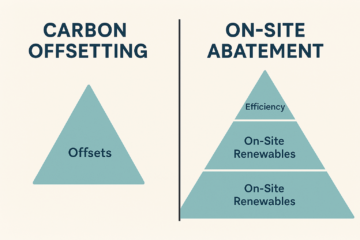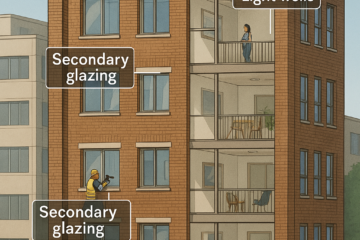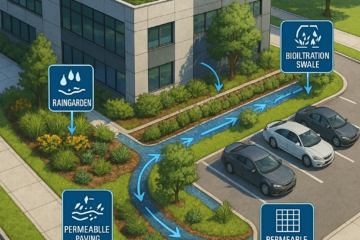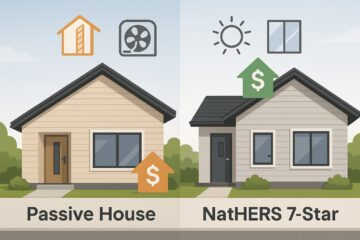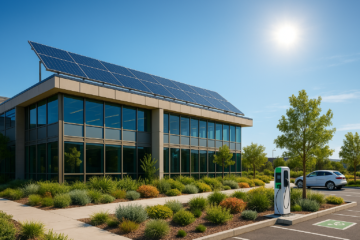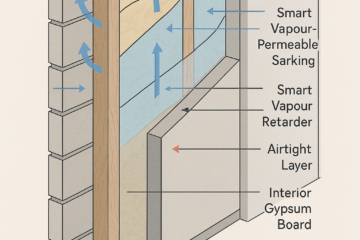Carbon Offsetting vs. On‑Site Abatement: What Counts for Green Star Buildings v1.1?
Why This Debate Matters in 2025 Corporate net‑zero pledges are booming, but not all carbon reductions are treated equally. Green Star Buildings v1.1—Australia’s leading sustainability rating—prioritises on‑site abatement over carbon offsets and sets strict eligibility rules for both upfront (embodied) and operational emissions. Misunderstand them and you risk losing up to 10 rating Read more…

